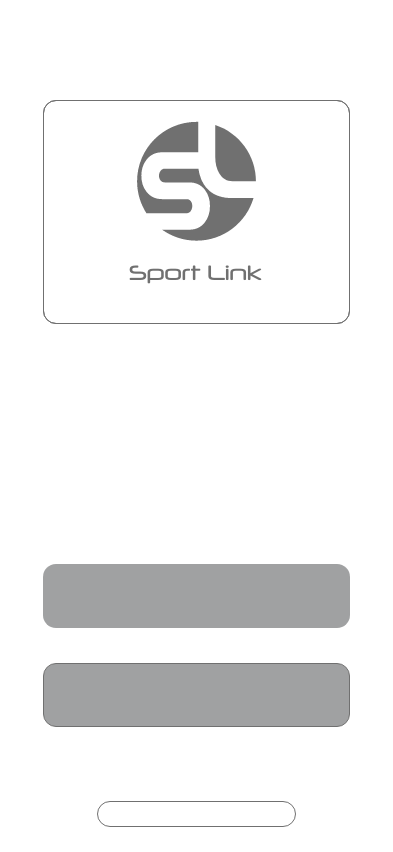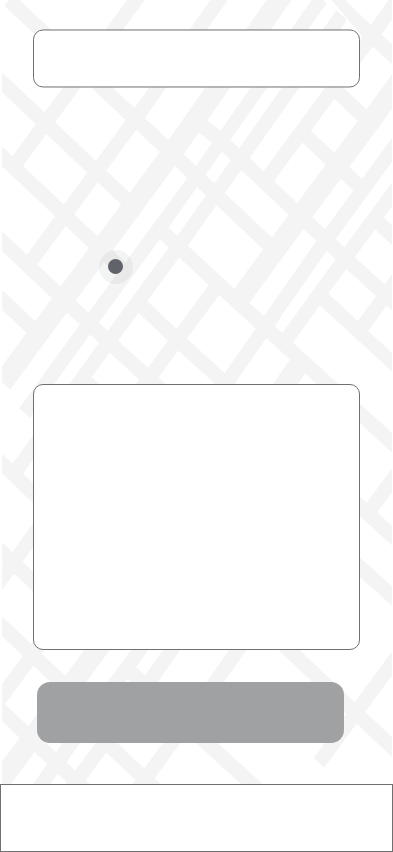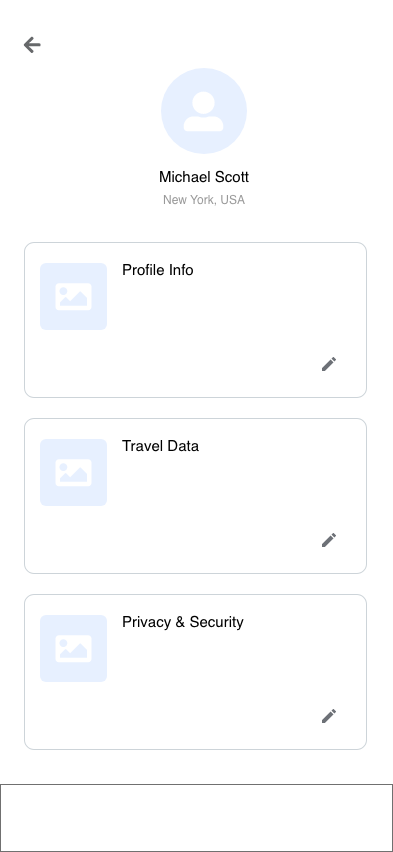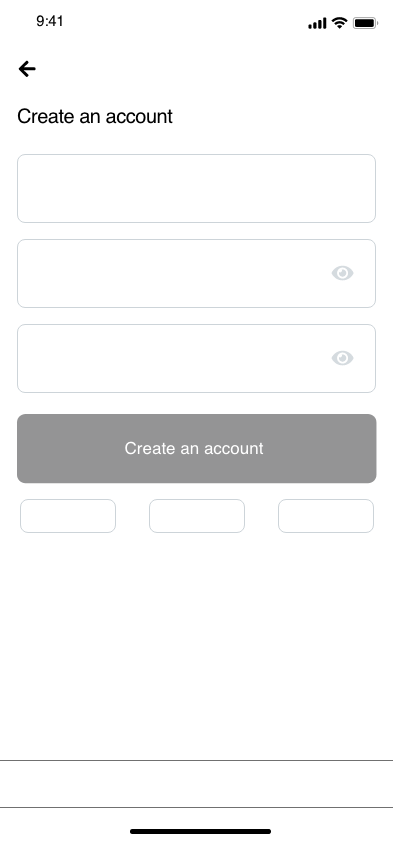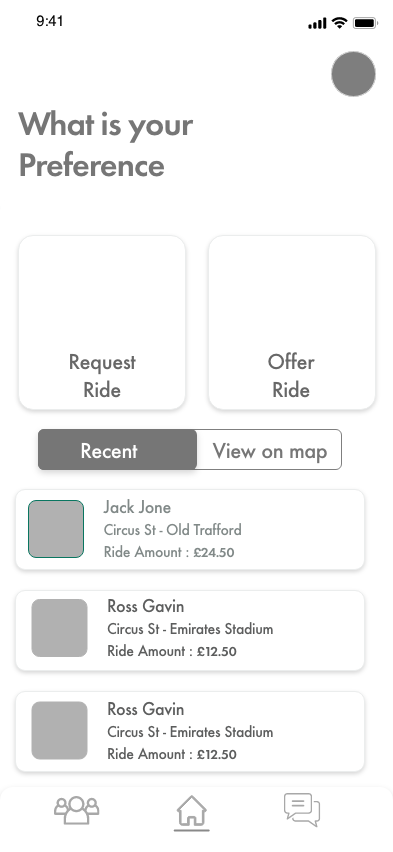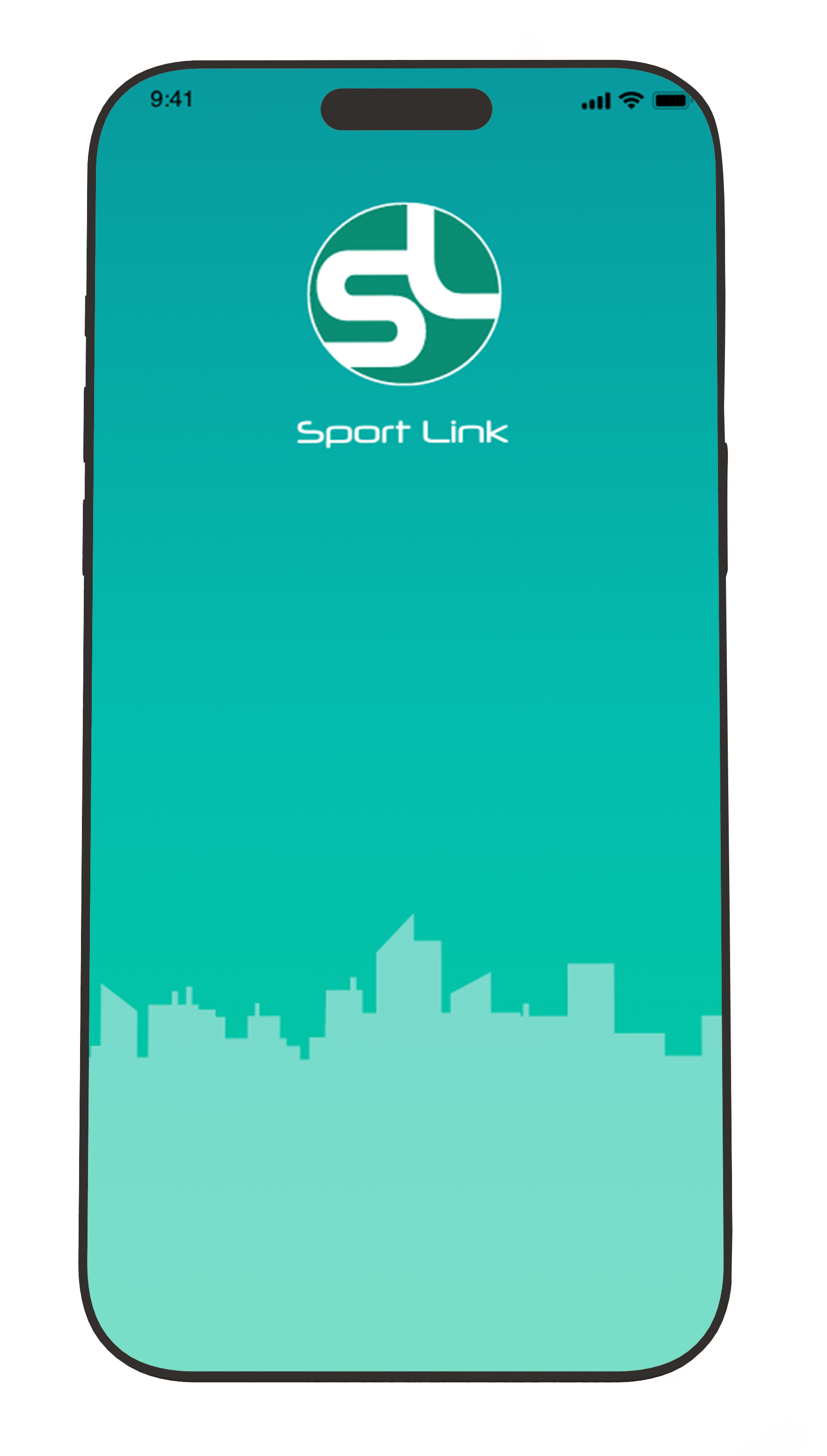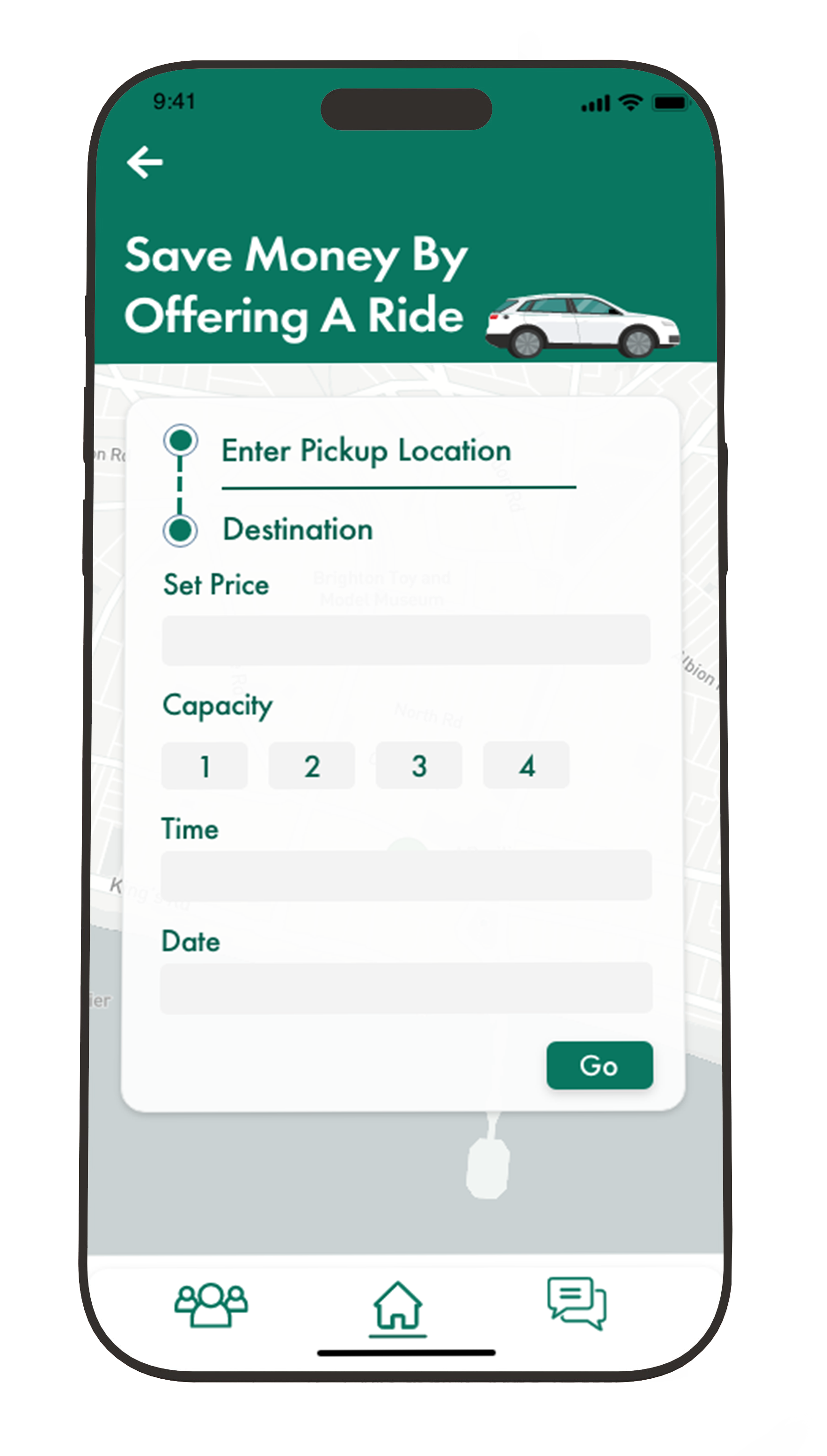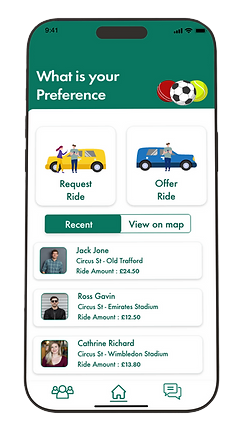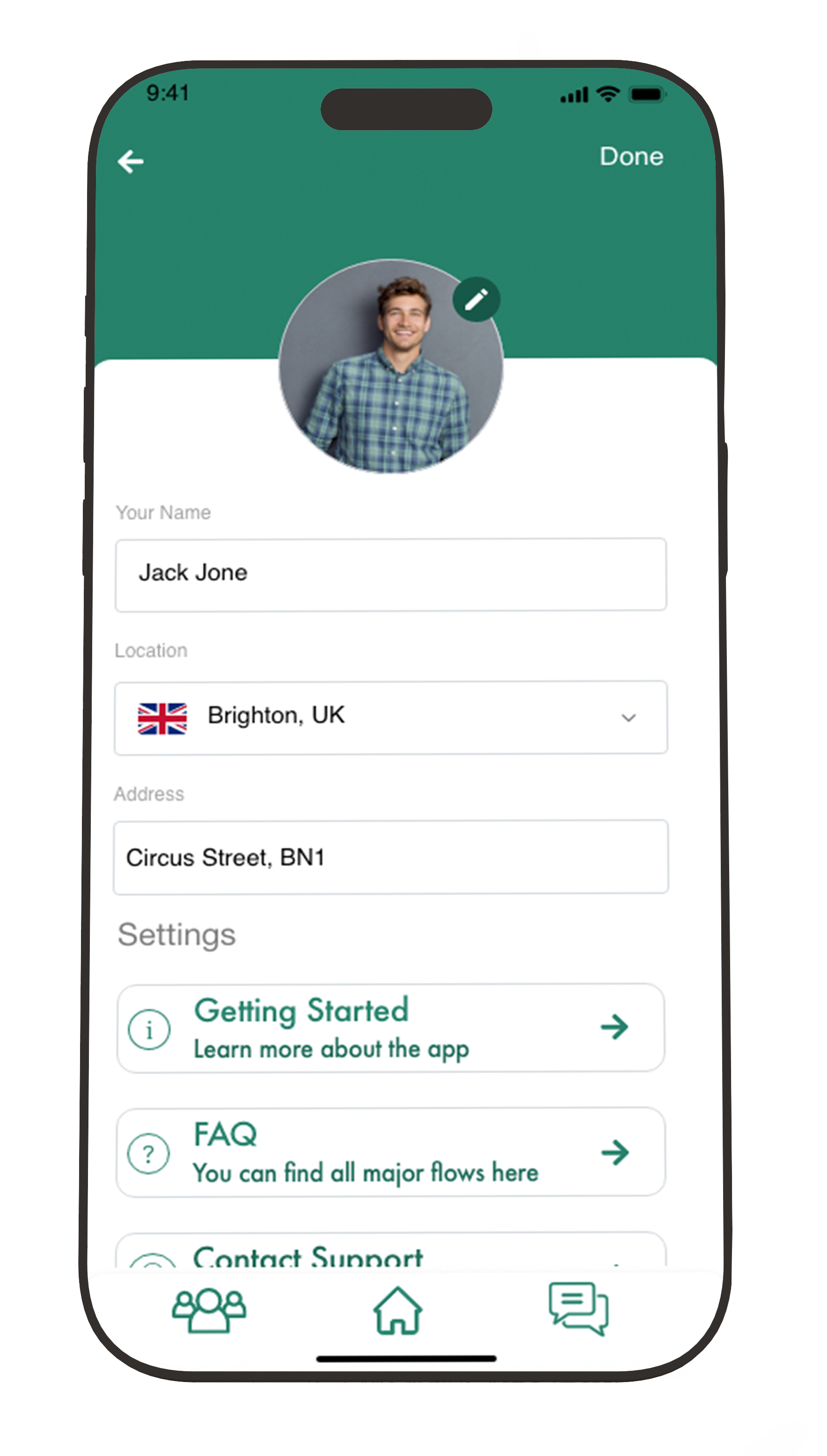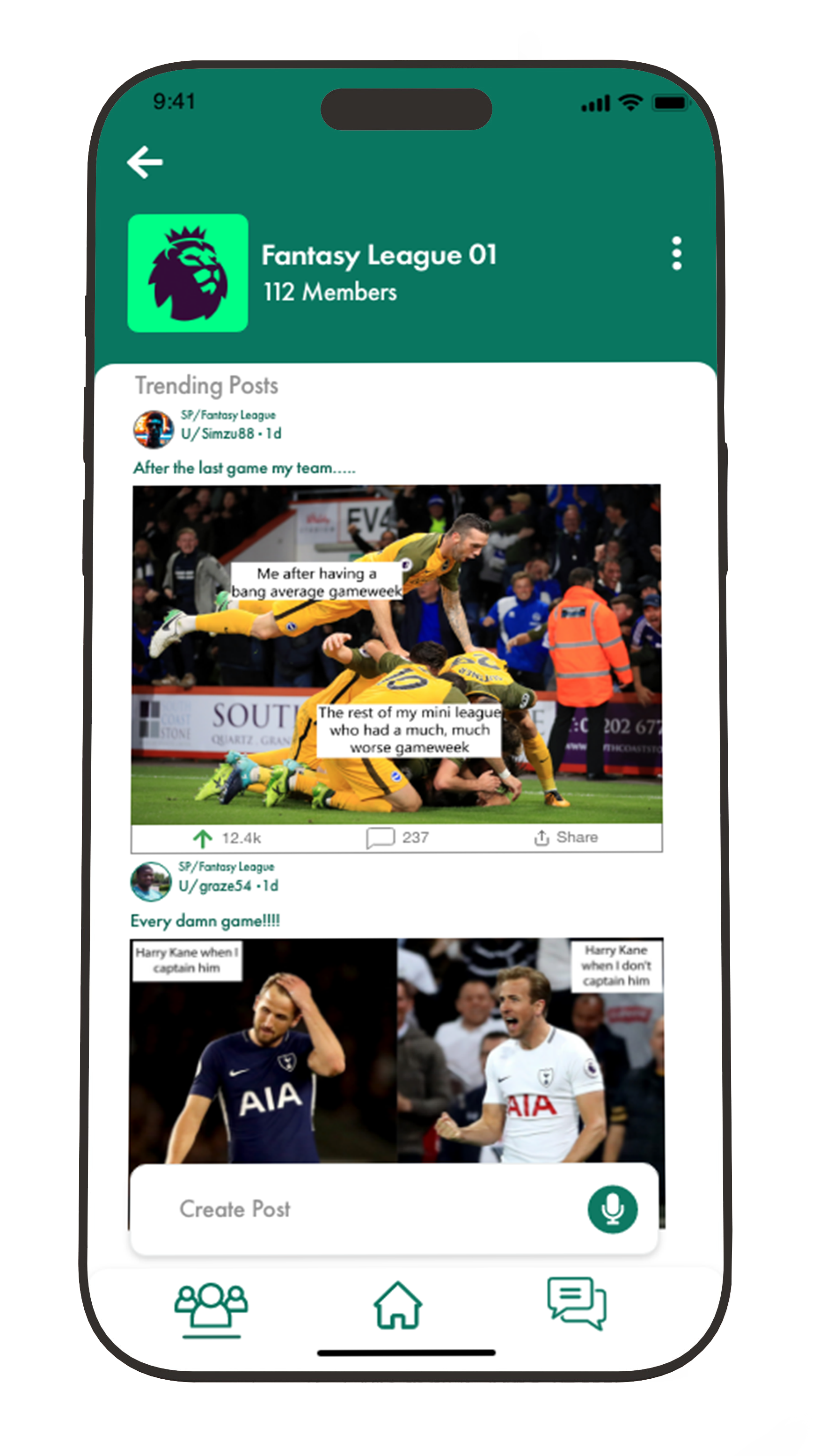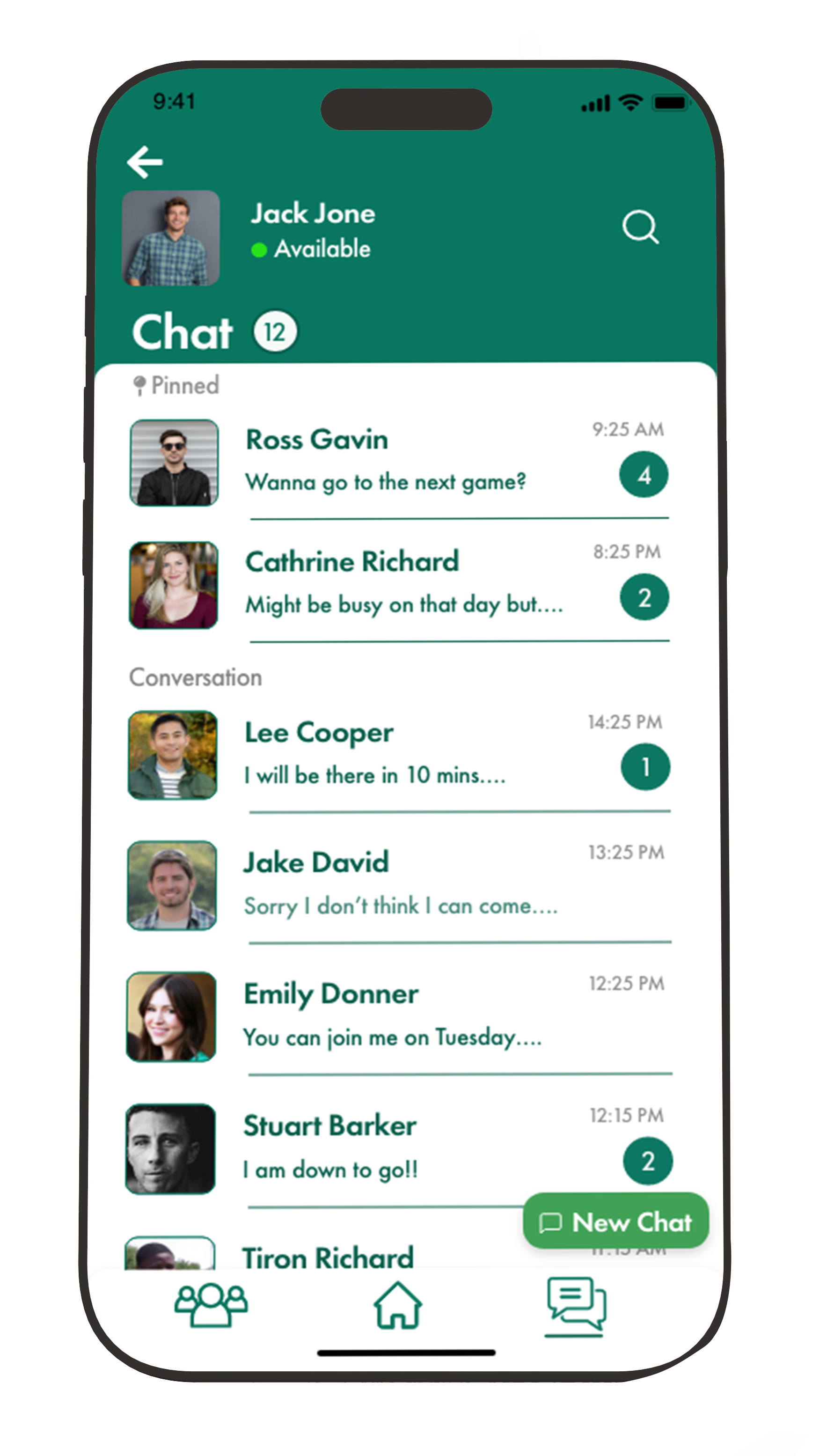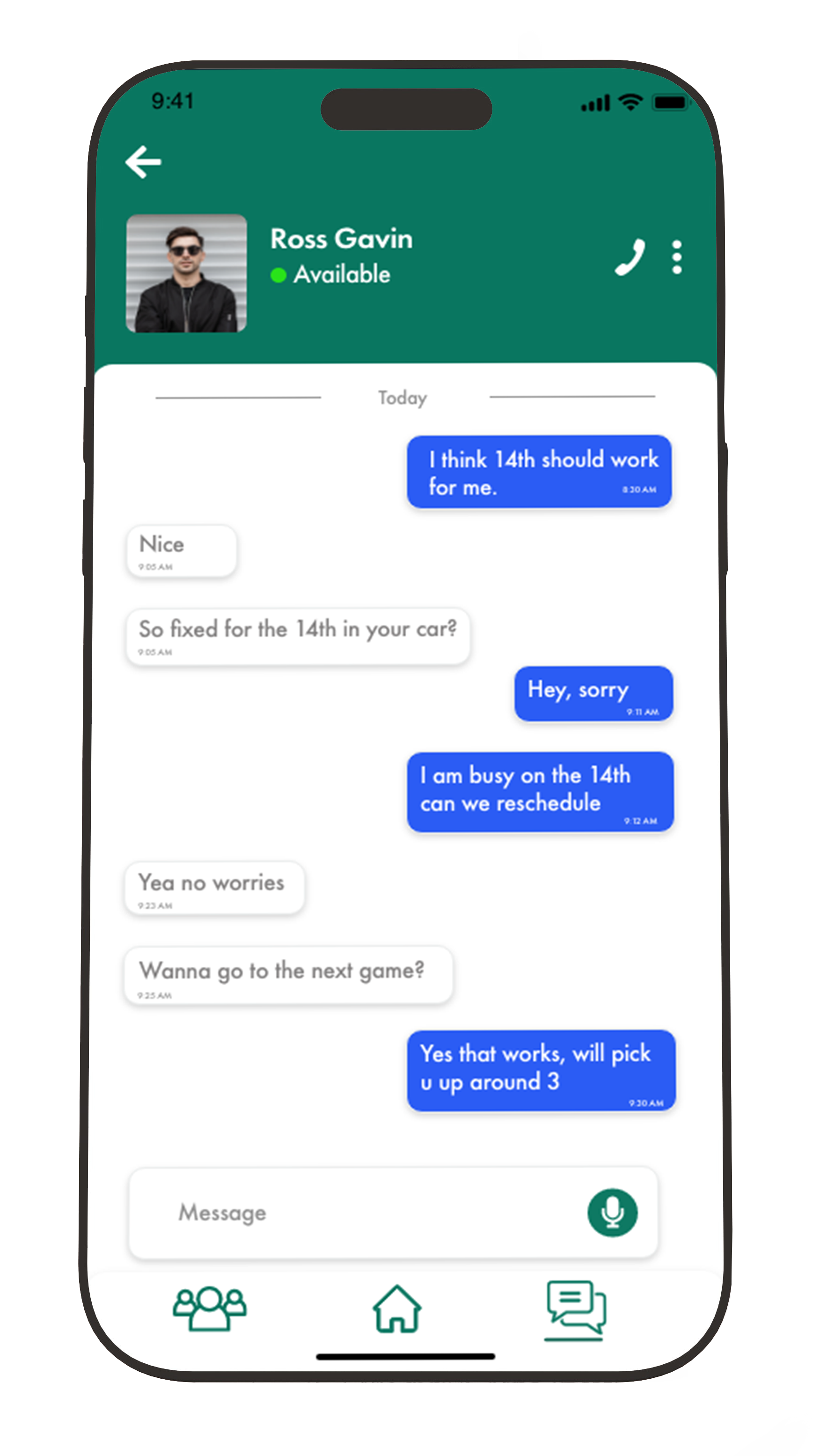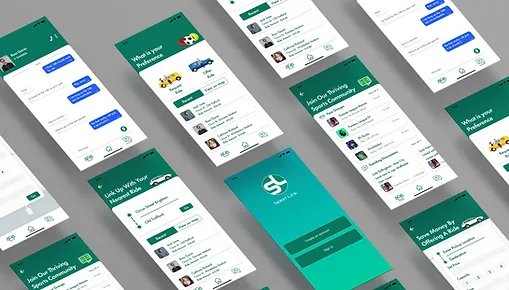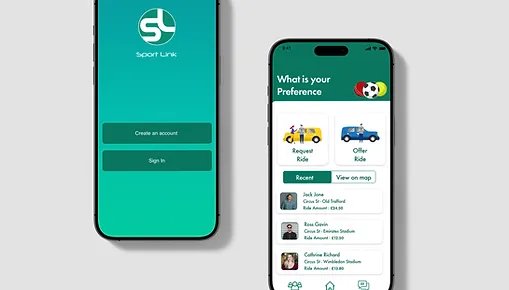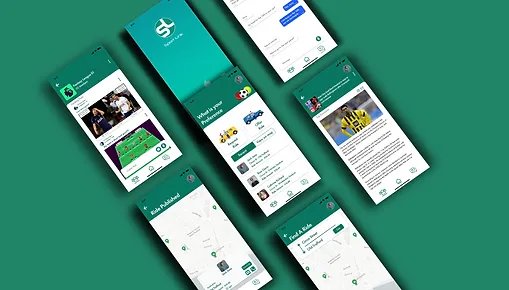The Problem
Unveiling the Transportation Challenges of Sports Fans Attending Matches
Sports fans encountering high travel expenses and environmental impact while attending matches are faced with a prevalent challenge. This issue prompts the need for a viable solution to address transportation costs and ecological concerns.
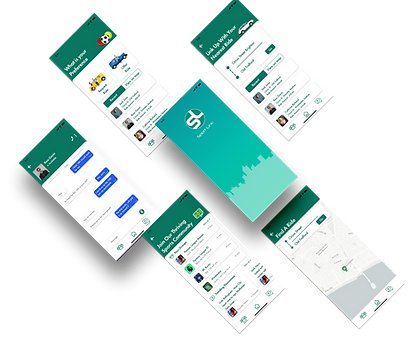
The Solution
Enhancing Sports Fan Commute Experience by Boosting Functionality and Engagement by creating SportLink
SportLink offers a solution by connecting sports fans attending similar matches, enabling carpooling opportunities. Through ride-sharing, fans save on travel costs and contribute to environmental conservation. The app includes a community page for user interaction and a messaging feature for effortless coordination, ultimately enhancing the overall experience for sports enthusiasts.
Research
What is Carpooling?
Carpooling has been around since long especially now since a lot of people use Uber share to travel together to save cost. This is however for short journeys and it’s hard to find someone for a long journey. To start off I looked at a lot of secondary research and for primary I asked my friends if they would carpool and they said yes. Anne (2021) suggested Most people agree that the growth of carpooling is a tool for reducing traffic and decarbonising commuting behaviour. Her research suggested carpool needs something to make it more appealing.
The Need for it
Carpooling holds significant advantages, particularly in the current environmental context. With impending bans on diesel and petrol car production, carpooling emerges as a pivotal solution for reducing pollution through shared travel. It also presents economic benefits by curbing both fuel expenses and public transportation costs. Beyond its financial merits, carpooling fosters a positive social dynamic.
The Benefits
- Car travel constitutes 64% of domestic transport emissions in the UK (Gov, 2022).
- UK government initiatives promote carpooling, cycling, and public transit, with carpooling capable of reducing greenhouse gas emissions by up to 30% (Dot, 2022).
- Carpooling addresses traffic congestion and air pollution caused by sports events, particularly in urban areas (Nap, 2018).
- Traffic congestion to and from sports events costs UK drivers an estimated £20 million annually in wasted time and fuel (INRIX, 2018).
- A survey by GoCarShare (2019) reveals 91% of sports fans would be willing to carpool to games to save on transportation costs.
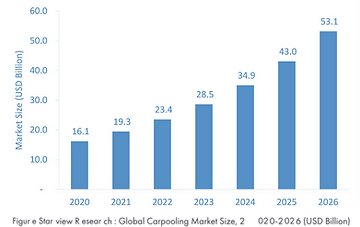
The Audience
Three personas were created based on different types of people. The user personas were created using Goodwin, K.(2008) ‘Perfecting Your Personas’ guide for effective persona creation. This includes considering about, goals, pain points, use case etc.
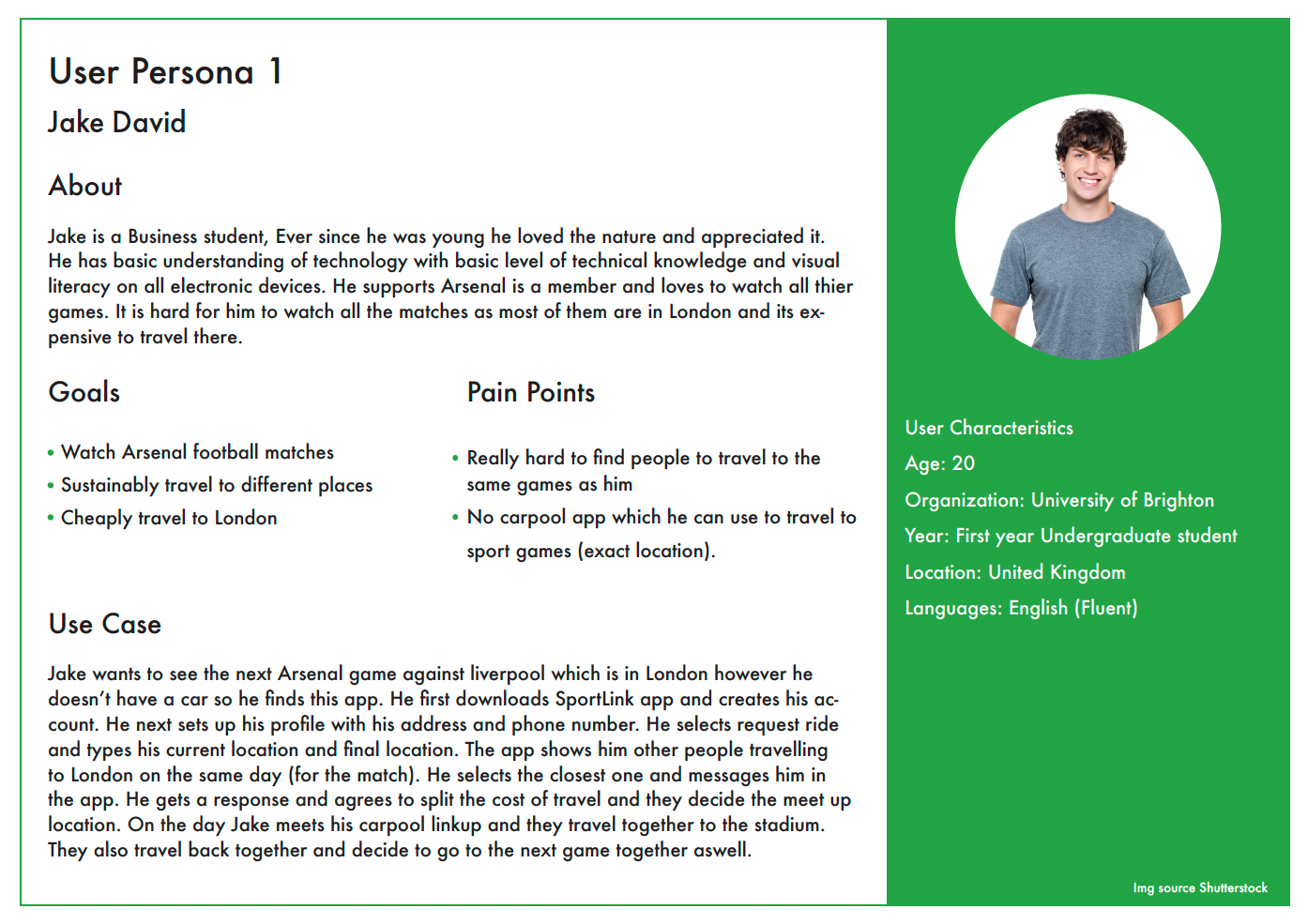
Journey Map
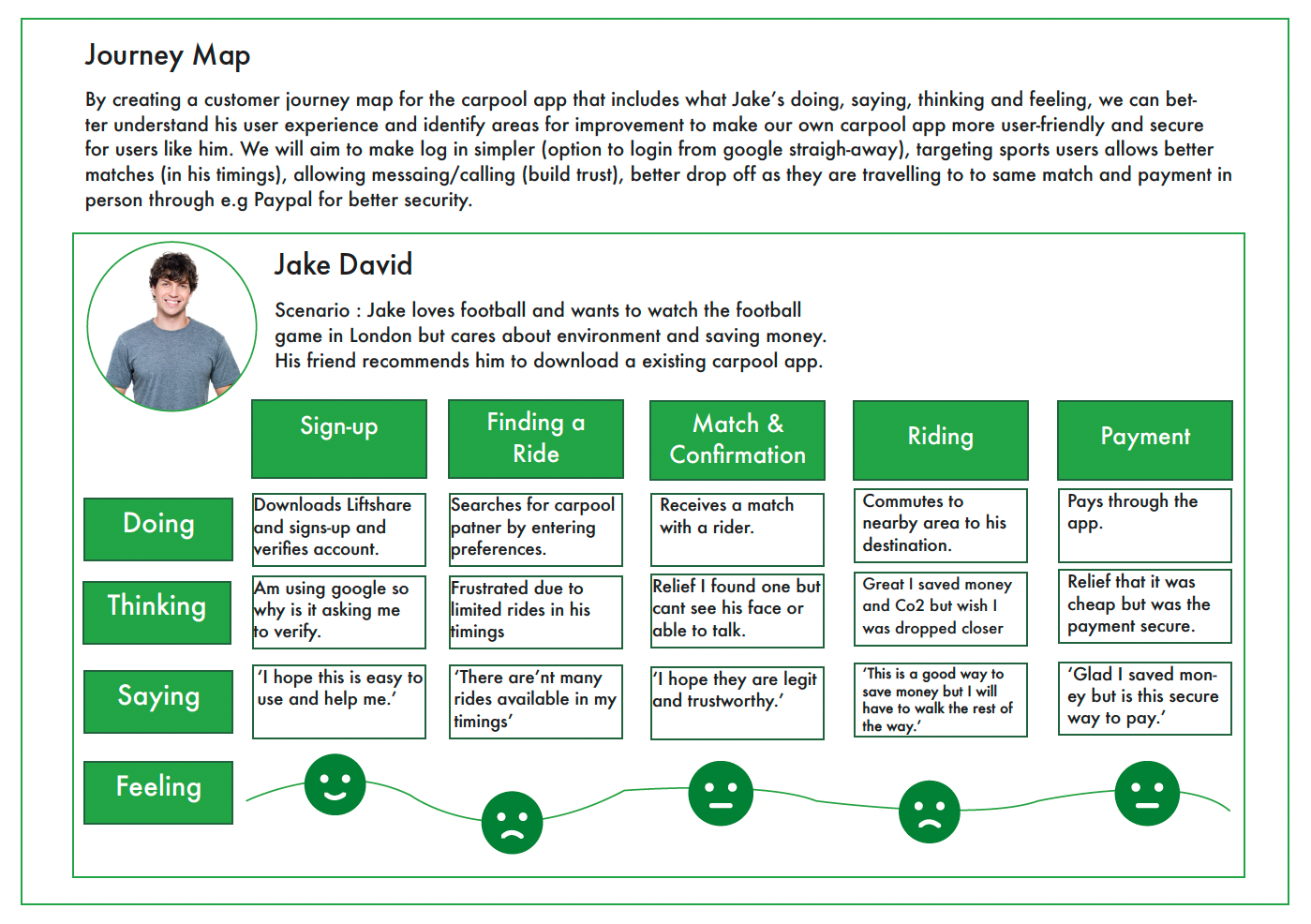
Task Scenario
Some literature was used to create effective scenarios in this project. Fulton Suri, J and Marsh, M (2000) added to the research of Campbell (1992) (use of task scenarios) by highlighting need to include illustrations to ‘make real’ scenario of the experience of user doing the task.
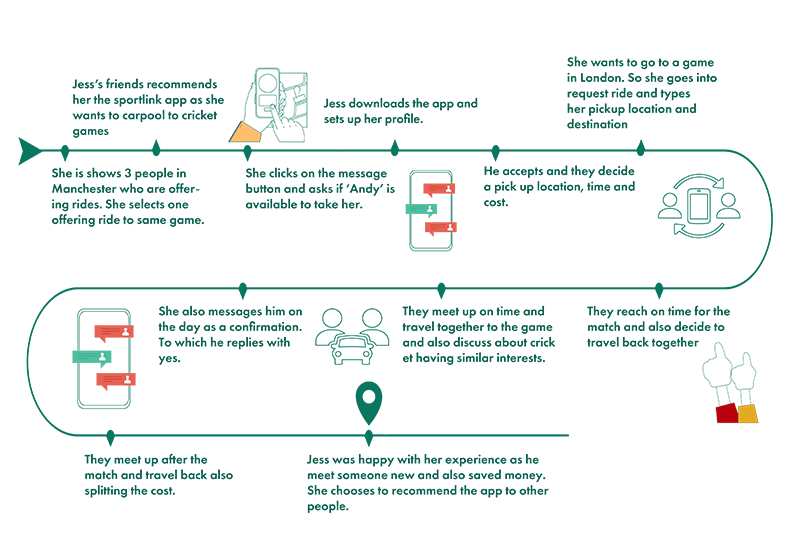
Abstract Task Model
This task model provides a hierarchical overview of user interactions within the app, encompassing features from login and ride requests to ride offerings and community posts. It serves as a comprehensive guide to the app’s capabilities, drawing inspiration from Paterno’s ‘Task Models in interactive systems’ (2001) to ensure a user-friendly and efficient experience.

Design
Wireframes
Unveiling the Wireframes for an Innovative Sports Carpooling App
Tested the early version of the app with simple sketches to see how it looks on the screen. People found it easy to use, but some said the profile page needs a facelift, and text needs to be clearer. Planning to simplify the signup page too.
Final Screens
Prototype LinkSummative Testing
Enhancing User Experience: Insights from Dual Testing Methods
For a comprehensive understanding, I employed two testing methods—Observation Testing and Nielsen’s Heuristics. Through Observation Testing, users successfully completed tasks like booking rides, offering rides, and forum interactions. Notably, a user’s alternative route to booking provided valuable insights into diverse user interactions. Nielsen’s Heuristics further refined our approach. It prompted crucial improvements, including an option to cancel offered rides, a delete post feature in the forum, and enhanced visibility of the profile button for quick access.
These testing methodologies proved invaluable, offering unexpected insights that will guide future improvements. As the app goes live, ongoing testing is planned to continually enhance user experience and refine the app’s functionality.
Conclusion
Sport Link has garnered positive feedback and is poised for continuous improvement through ongoing testing. I am particularly pleased with the design and core functionality. As I continue to refine my skills, potential future enhancements include integration with smartwatches and car navigation systems, along with the exploration of a payment feature.
While I acknowledge areas for improvement, such as the inclusion of a questionnaire at the outset and more extensive research, the testing methodologies employed proved valuable. The evolving sports community aims to incorporate live score tracking and real-time match discussions.
Future features could include connectivity with watch and even car navigation so user can interact from carplay/android auto. A payment feature could be added however I feel users feel more secure paying each other through Paypal in person but it could be looked into. The Sports community will keep developing with ways to also keep track of live score and chat about live matches with friends.
Click here for full research document
